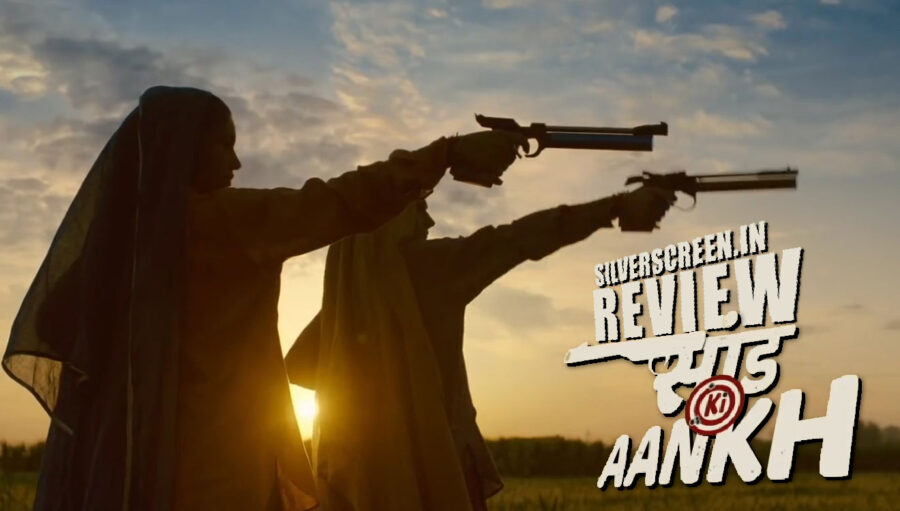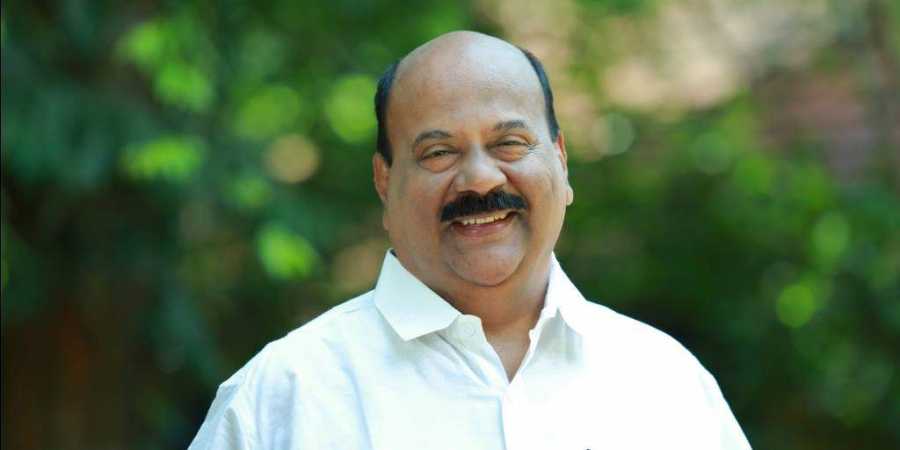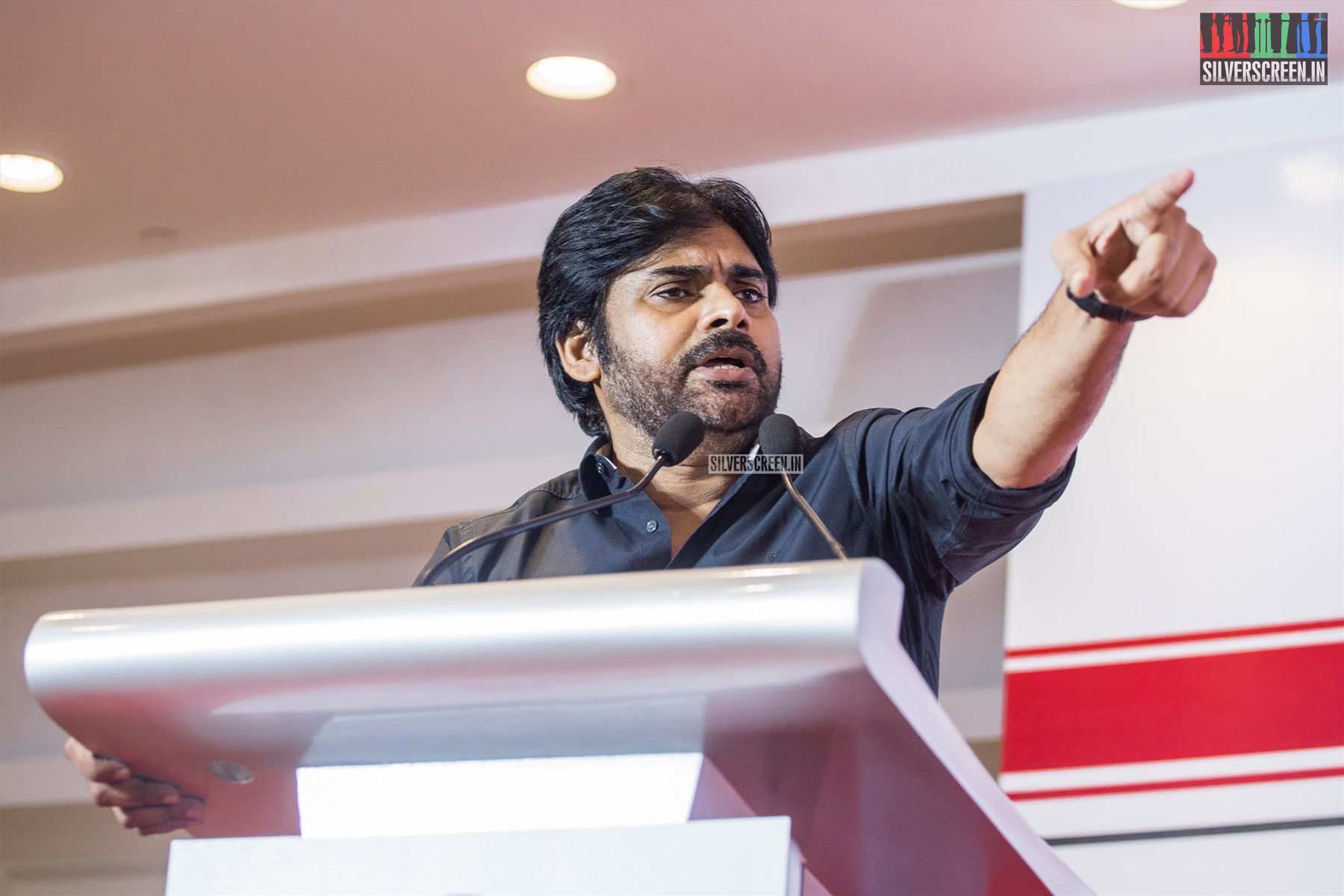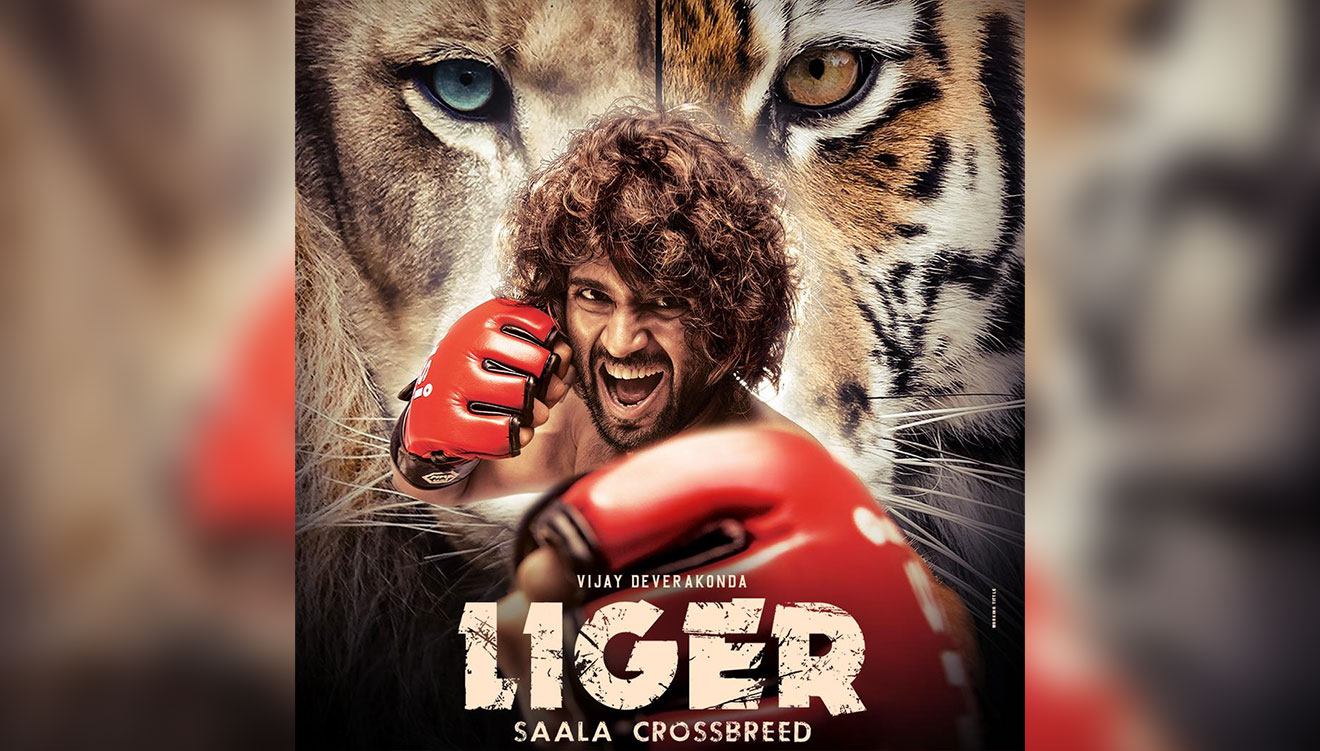Cast: Taapsee Pannu, Bhumi Pednekar, Vineet Singh, Prakash Jha
Director: Tushar Hiranandani
Set in the district of Baghpat, Chandro (Bhumi) and Prakashi (Taapsee) marry into a backward and conservative family of three brothers. The math and aftermath are simple. The wives of these brothers have a funnily regressive understanding of picking the colour of their dupatta. The eldest wears red and doesn’t speak a word for the most part of the movie (it was pretty easy to predict that in all likelihood, this woman would ‘explode’ during the climax). The second one – Chandro wears a blue dupatta and Prakashi is forced to pick yellow as red and blue are already taken. Chandro inducts the new bride Prakashi by giving her a low down on the don’ts of the family. Their husbands identify them by the colour of their dupattas and not by their faces. The three couples have a mutual understanding that the only room in the house on the terrace will be used for lovemaking twice a week. Sunday’s occupancy would depend on the sexual appetite of the men, so the one with the most uncontrollable urge would get a third chance.
The women strictly stay behind the veil, make cakes out of cow dung, bear countless children without using contraceptives, clean and cook around the house, and satisfy the sexual appetite of their respective husbands.
Rattan Singh (Prakash Jha), the eldest of the three brothers is the sarpanch of the village who believes that the women and girls of the house must remain within the four walls. Filmmaker Praskash Jha is so convincing in this role as the anti-hero, that he’s almost unbelievable towards the end when things fall into place. If you’ve watched the episode of Aamir Khan’s Satyameva Jayate that features the real-life Chandro and Prakashi Tomar who are better known as Shooter Dadis, you’ll know the central plot of Saand Ki Aankh.
A family where guns are labelled as ‘Mardon ke haath ka gehna’, Chandro and Prakashi develop exceptional finesse in sharpshooting in a nearby shooting range run by Doctor Yashpal (Vineet Singh) who spots their talent and decides to nurture it. The two women hit the bulls-eye every time they hold the gun and Yashpal tells them that bulls-eye in Hindi means “Saand Ki Aankh”. As the two successfully manage to keep this a secret from the men of the house by practicing in the wee hours, they decide to support the careers of their granddaughter Shefali and daughter Seema. They train them in shooting so that the girls get a government job under sports quota and do not have to lead a life like them again.
The director takes the entire first half to set the plot straight. Bhumi and Taapsee who have been at the centre of criticism for being miscast as 60-year-old women, actually do a commendable job. Both ladies are very effective in most parts of the film. Their dialogues, punches, and humour are on point. Bhumi deserves extra points for a more believable portrayal. The two women try their best to hold the movie, despite a faulty screenplay and predictable direction.
Editor Devendra Murfeshwar should have kept the movie an hour shorter. The build up takes so long that at made one want to exit the theatre in the first half. But, if you manage to survive past the interval, you’ll realise that the second half has more meat.
The writing is weak, which is reflected in the performances of the actors because they don’t have much to do in many scenes. The narrative isn’t logical: one moment the dadis don’t understand English, the next, Chandro’s speaking in English and knows how to hold a glass of champagne. (The two dadis are suddenly in the palace of the Maharani of Alwar and drinking champagne, followed by a four course meal.) There are moments in the film that try to establish tolerance and acceptance towards change. During this gala dinner hosted by the Maharani for the shooter dadis, both end up drinking the lemon water from the finger bowl, leaving the rest of the guests in an awkward silence. Contrary to what a queen would do, Maharani smiles and follows suit to make them feel comfortable.
Unfortunately, the Tomar men are the opposite and do not want to change. The characters except the two women don’t have any arcs.
Recommended
The women are not miscast, the rest of the cast is. Chandro and Prakashi are perfect in what they’re supposed to deliver on screen, but there’s no connection between them and their husbands. Some scenes are so claustrophobic due to extras that you don’t quite know where to look. The idea of winning big at the shooting games and getting a government job, women empowerment and breaking stereotypes are some of the many messages that get lost in translation on celluloid. Both the dadis win until they finally lose, only to succumb to the atrocities of Rattan Singh. The fate of the narrator — Shefali (their grand daughter) goes up in smoke and doesn’t quite reach its destination. Rattan Singh’s wife, the woman behind the red veil finally does speak up for a minute’s screen time and nails it more than other side kicks.
The fear, the brutality of patriarchy and the terror among women in small towns are well crafted in Saand Ki Aankh, but the director doesn’t hit the bulls-eye.
I watched it in a theatre on a Tuesday afternoon with 50% occupancy, most of which were old aged people or families who had brought grandparents along. Some of them were sobbing, some clapped, and I kept looking at my watch.
The Saand ki Aankh review is a Silverscreen original article. It was not paid for or commissioned by anyone associated with the film. Silverscreen.in and its writers do not have any commercial relationship with movies that are reviewed on the site.



